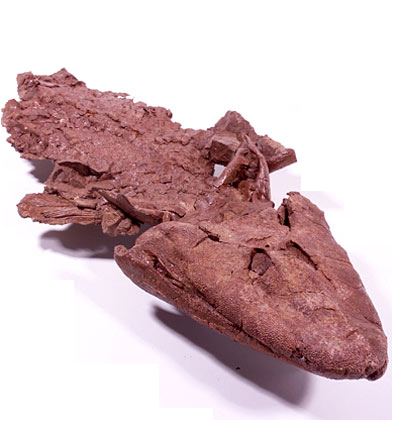|
BIOL 670: Evolution
|
||||||||||||||||||||||||||
| Syllabus | ||||||||||||||||||||||||||
|
Course Description: Comparative biologists have long been interested in the phenomena of major evolutionary changes, macroevolution, in terms of increased complexity, new structures and body plans, and new lineages. Recent technological advances in genomics (e.g. whole genome sampling) and bioinformatics (the ability to store and "crunch" huge data sets) allow us to gain new insights into the developmental and genetic bases of macroevolutionary changes. Objectives: In this class we will explore how macroevolutionary hypotheses are tested through a variety of approaches from the fields of paleontology, geology, development, systematics, ecology and biogeography. This course will give graduate students a broad background in modern macroevolutionary theory with an emphasis on patterns and processes of biodiversification at and above the species level and evolutionary phenomena at large spatial and temporal scales. Topics to be covered will include, but not limited to, speciation, extinction, character evolution, historical biogeography, evolutionary trends, origins of complexity, Phanerozoic diversity patterns, patterns of species richness, and the unified neutral theory of biodiversity and biogeography. |
||||||||||||||||||||||||||
 |
||||||||||||||||||||||||||
|
Tiktaalik sp.
|
||||||||||||||||||||||||||
| This fossil found in Ellesmere Island, Nunavut is a species of extinct sarcopterygian (lobe-finned) fish that represents an intermediate form between fish and amphibian. | ||||||||||||||||||||||||||